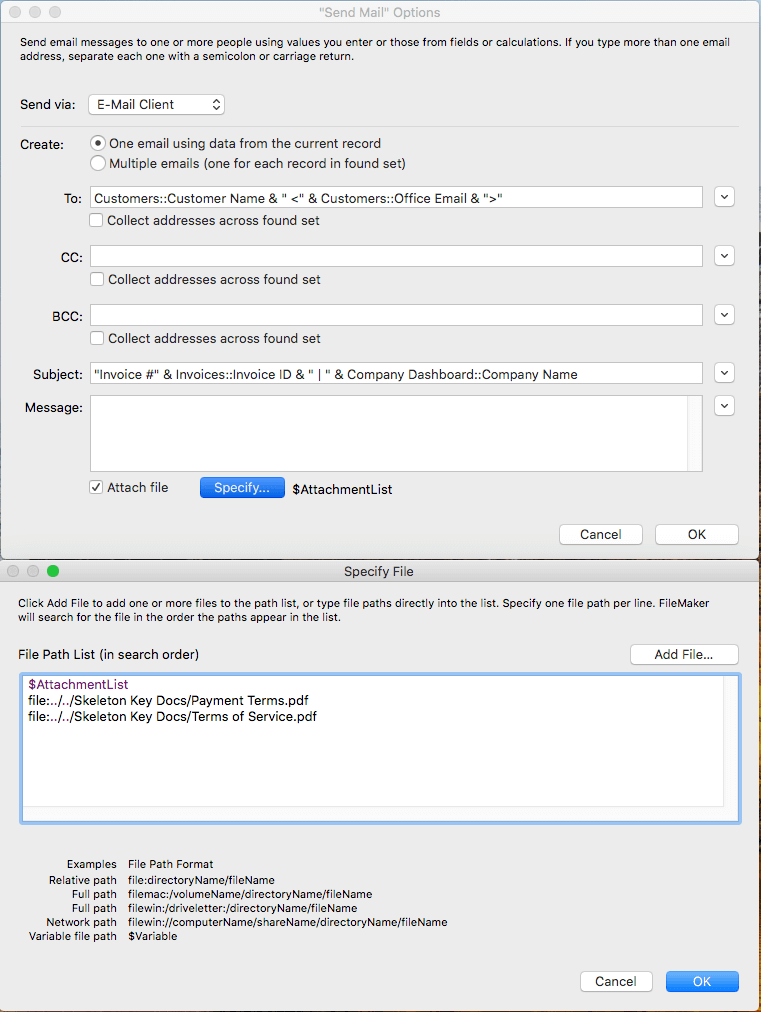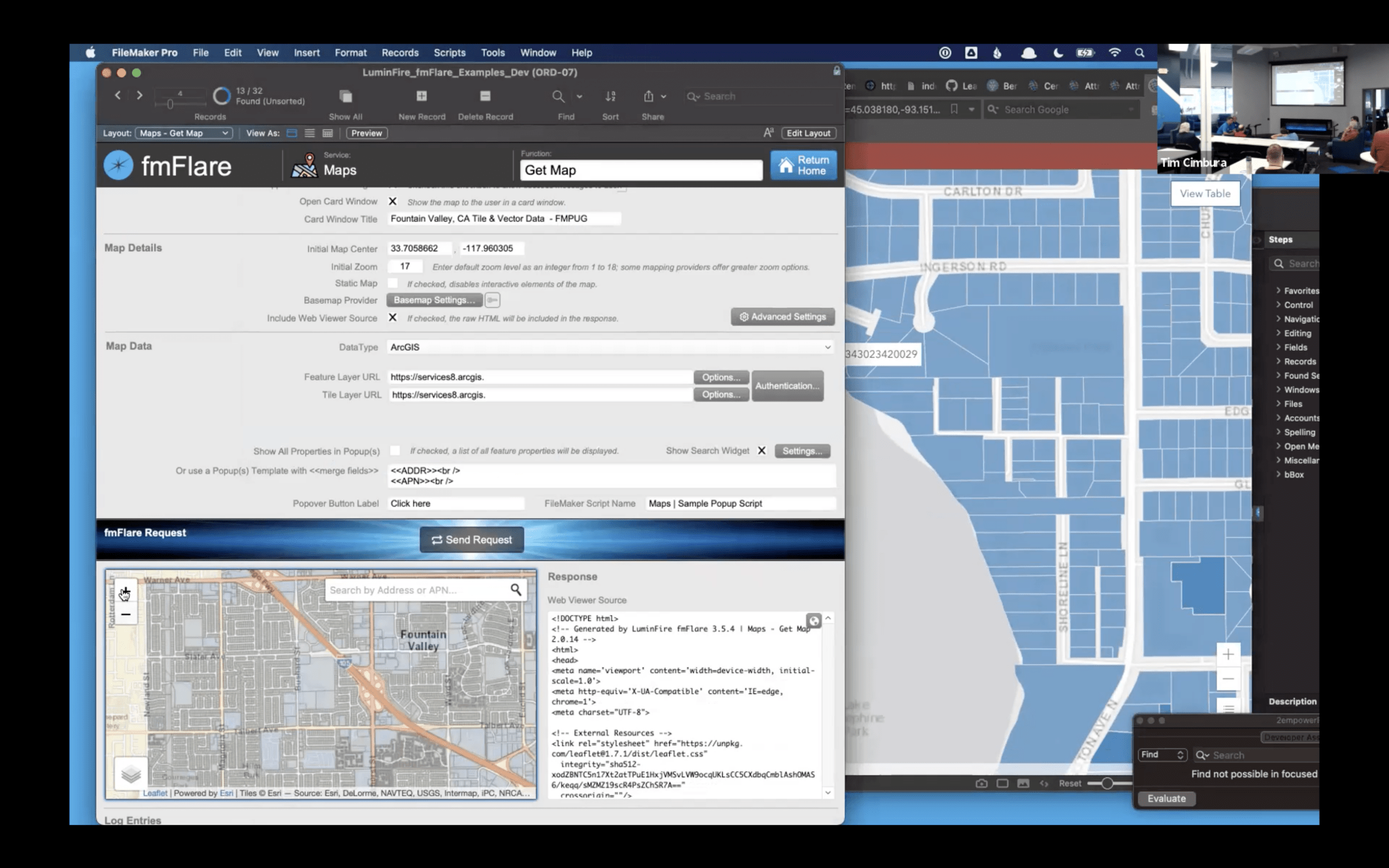
- HOW TO SEARCH MULTIPLE FILES ON FILEMAKER HOW TO
- HOW TO SEARCH MULTIPLE FILES ON FILEMAKER INSTALL
- HOW TO SEARCH MULTIPLE FILES ON FILEMAKER PRO
You can apply different themes to different layouts – it’s fine to do so as long as you don’t get carried away. Themes cannot, unfortunately, be exported from FileMaker.
HOW TO SEARCH MULTIPLE FILES ON FILEMAKER PRO
If you like your changes, you can also import that theme into other files using the Manage Themes Option under the File menu in FileMaker Pro Advanced. If you do the latter, a custom version of the theme is saved separate from the original theme, leaving the original untouched. You can also modify a theme and save changes to the Style you modified, and/or save changes to the theme itself. Just knowing that will help you spice up your design. The same is true with other objects like text fields. The new FileMaker themes quite often have multiple options available for the same objects –buttons might have 4 different color options, for example.
HOW TO SEARCH MULTIPLE FILES ON FILEMAKER HOW TO
But a lot of developers do not know the rules of themes, when to apply the rules, how to modify themes, and how to use existing themes options to make easy changes to various objects on the layout. I know, a theme is always loaded in FileMaker since their introduction in FileMaker 13. Enjoy this post and video about themes from last years DevCon. I will get it published this week, but didn’t want to go too long between posts. pdf, use: rename -v 's/.txt/.pdf/' *.Note: I promised to publish Part 2 of connecting to Kartra and WordPress last week. Returning to our last example, to change the file extension from. -v: Shows a verbose version of the output.-s: Renames the target instead of the symlink.Best combined with the verbose output ( -v). -n: Performs a dry run, making no permanent changes.-l: Replaces the last occurrence of the filename element instead of the first one.-i: Displays a prompt before overwriting existing files.-f: Forces an overwrite of existing files.-a: Replaces all the occurrences of the filename element instead of just the first one.The rename command uses the following options: In this example, every a character in the filename is replaced by an x, every b by a y, and every c by a z. This type of expression uses the following syntax: rename 'y///' Īn example of a rename command using a translate expression: rename 'y/abc/xyz/' : Defines the file you want to rename.Ī translate expression translates one string of characters into another, character for character.: Specifies a replacement for the part of the current filename.: Specifies the part of the filename you want to replace.: Provides an optional argument that changes the way the command executes.With this syntax, the command renames the file by replacing the first occurrence of the filename element with the replacement. They use the following syntax: rename 's///' Substitute expressions replace a part of the filename with a different string. The rename command uses substitute and translate expressions to change file and directory names.


There are three types of Perl regular expressions: match, substitute and translate.

For Arch Linux, use sudo pacman -S rename.
HOW TO SEARCH MULTIPLE FILES ON FILEMAKER INSTALL
For CentOS and Fedora, use sudo yum install prename.For Ubuntu and Debian, use sudo apt install rename.

If your system is missing the rename command, install it with: On many Linux distributions, the rename command is not available by default. It offers more features than the mv command but can be more challenging to use since it requires basic knowledge of Perl expressions. The rename command is used to rename multiple files or directories in Linux. Note: Learn how to compare two files using the diff command.


 0 kommentar(er)
0 kommentar(er)
